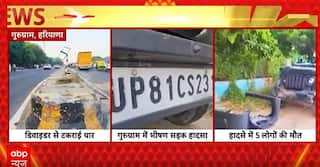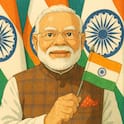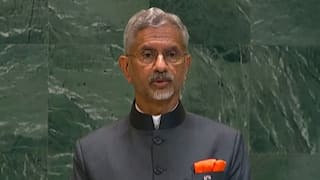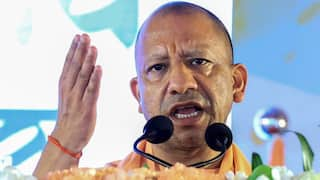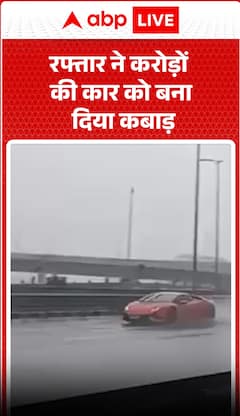How Electric Three-Wheelers Are Crucial To Delhi's Smart City Mission
Electric three-wheelers have emerged as a crucial component of Delhi's Smart City Mission as they offer a cleaner, more efficient, and affordable mode of transportation.
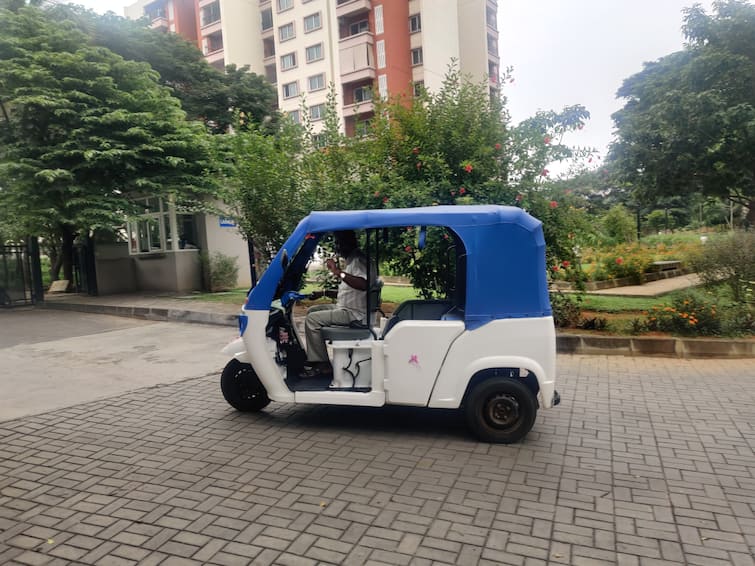
The government launched the Smart City Mission in 2015 to promote sustainable and inclusive development of cities across the country. One of the key objectives of the mission is to improve the quality of life for citizens, reduce pollution levels, and enhance mobility. In this context, electric three-wheelers (e3Ws) have emerged as a crucial component of Delhi's Smart City Mission, as they offer a cleaner and more efficient mode of transportation.
After the launch of the Delhi electric vehicle policy in August 2020, e3Ws emerged as the highest-selling electric vehicle in the capital. A total of 5,534 new e3Ws have been registered from August 2020 to February 2021 to make the switch towards clean modes of transportation even smoother. The growth of the e3Ws surged to 34 per cent in FY 2021 and 46 per cent in FY 2022 as compared to just 20 per cent in the financial year 2020. India witnessed 345,200 registrations of e3Ws from April 2022 to February 2023, i.e., 124 per cent higher than the previous year. And, being the second-largest EV market with 1,25,347 vehicles on road, Delhi’s contribution to green mobility has been quite remarkable.
In recent years, the Delhi Government is running ‘Switch Delhi’ campaign, which is focused on generating awareness of the benefits of e3Ws along with the benefits offered under the Delhi EV policy for those who want to make a switch from internal combustion engine (ICE) powered vehicles to electric mobility. In the second week of the campaign, many users, environmentalists, celebrities and industry leaders come forward to express their support for the campaign.
According to a report by the International Energy Agency (IEA), the transportation sector is the second-largest contributor to global carbon dioxide (CO2) emissions after power generation. In India, the transportation sector is responsible for nearly 12 per cent of the country's CO2 emissions. Furthermore, the increasing number of vehicles on the road has resulted in severe air pollution in many Indian cities, including Delhi, which has some of the highest levels of air pollution in the world.
To address these challenges, the Delhi government has launched several initiatives to promote electric mobility, including the deployment of e3Ws. These vehicles are widely used in Delhi for short-distance transportation, such as last-mile connectivity and intra-city travel. E3Ws are also popular among small and medium-sized businesses for their low operating costs, sustainability and high efficiency.
According to a report by the Centre for Science and Environment (CSE), there are over 100,000 registered e3Ws in Delhi as of 2021, making it the largest market for such vehicles in India. The report also highlights the environmental benefits of electric three-wheelers. For instance, an e3W emits zero tailpipe emissions and is estimated to reduce carbon emissions by up to 1.5 tonnes per year compared to a conventional gasoline-powered three-wheeler.
Moreover, e3Ws are more energy-efficient than their conventional counterparts, which translates into lower operating costs for drivers. According to a study by the Rocky Mountain Institute (RMI), electric three-wheelers in Delhi consume nearly 60 per cent less energy than conventional gasoline-powered three-wheelers. The study estimates that switching to electric three-wheelers could result in a cumulative net savings of up to $1.3 billion for drivers by 2030.
This estimate is based on various factors such as the lower operating costs of electric vehicles compared to traditional petrol/diesel vehicles, the availability of government incentives and subsidies, and the projected increase in the adoption of electric vehicles in India. According to a report by the International Energy Agency (IEA), switching to electric vehicles could save India up to $60 billion in diesel and petrol costs by 2030. The study includes all types of electric vehicles, including electric three-wheelers. However, it is important to note that this is just an estimate and the actual savings may vary depending on various factors such as the cost of electricity, battery technology improvements, and other market factors.
The Delhi government has also launched several initiatives to promote the adoption of e3Ws. For instance, it has introduced subsidies and incentives for the purchase of electric three-wheelers and established charging infrastructure across the city. The government has also partnered with private companies to launch electric three-wheeler taxi services, which offer a cleaner and more affordable mode of transportation for citizens.
In a nutshell, e3Ws have emerged as a crucial component of Delhi's Smart City Mission, as they offer a cleaner, more efficient, and affordable mode of transportation. The widespread adoption of electric three-wheelers in Delhi has the potential to reduce carbon emissions, improve air quality, and enhance the quality of life for citizens. Therefore, it is crucial that the Delhi government continues to promote and incentivize the adoption of electric three-wheelers as part of its efforts to create a sustainable and inclusive city.
(The author is the managing director at Saera Electric Auto Pvt. Ltd.)
Disclaimer: The opinions, beliefs, and views expressed by the various authors and forum participants on this website are personal.













